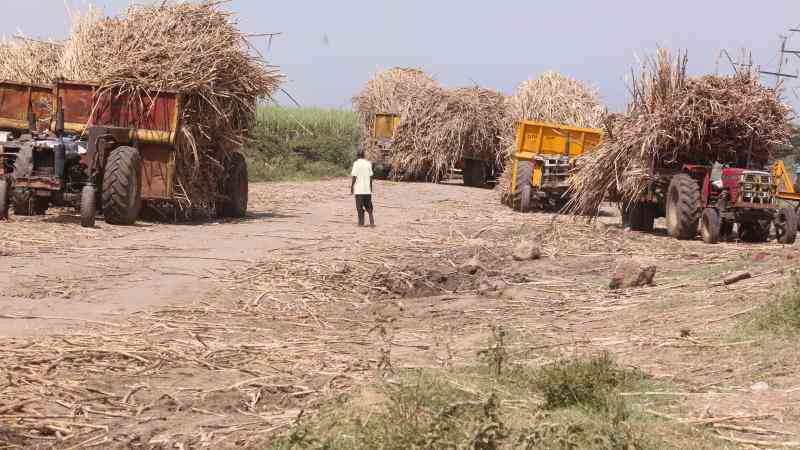×
The Standard e-Paper
Home To Bold Columnists

Sugarcane trucks loaded with sugarcane. [Collins Oduor, Standard]
Simon Wesechere, a longtime sugarcane farmer, is among those not impressed by the recent historical hike of sugarcane buying prices from a low of Sh4,000 to over Sh5,200 per tonne by top millers in the country.